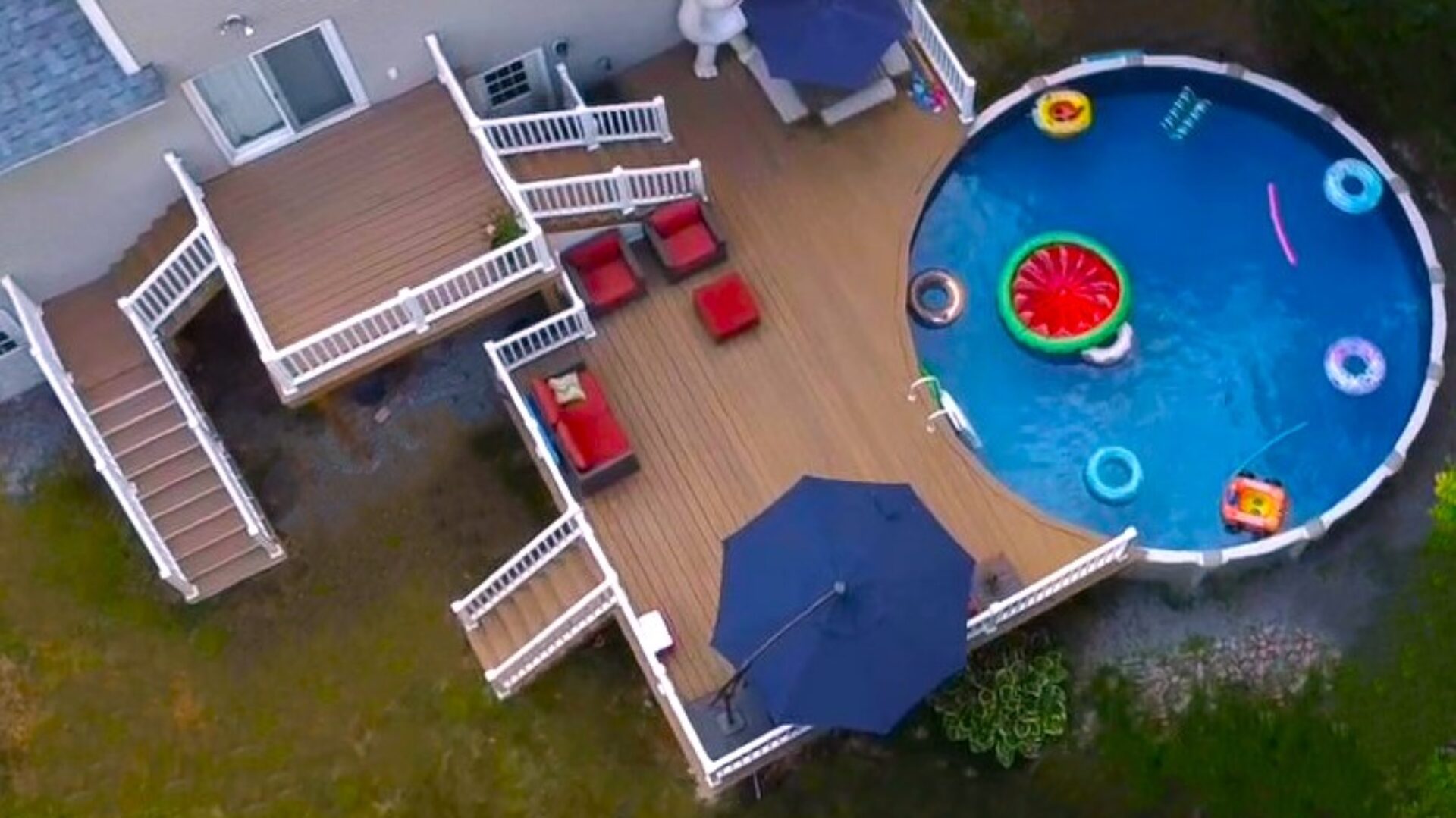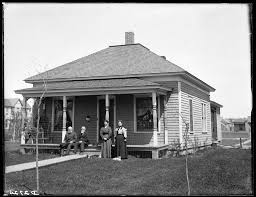Now, let me tell you another story about porches. If you’ve lived in New Hampshire long enough, you’ve seen them change. Used to be, a porch was as much a part of a home as the kitchen table. A place where neighbors stopped to chat, where you sat to catch the evening breeze, where life—at least for a moment—slowed down. But over the years, something changed. Modern life sped up, air conditioning took over, and soon enough, the front porch—once the heartbeat of the neighborhood—became an afterthought.

The Necessity of the Porch in Early New Hampshire
Go back a hundred, maybe a hundred and fifty years, and every respectable home in New Hampshire had a porch. They were a necessity, not a luxury. In the days before air conditioning, they were a place to escape the heat trapped inside by thick plaster walls (Historic New England, “Architecture and Cooling,” 2023). And in a time when folks still visited unannounced, a porch was a natural meeting place—an extension of the home that welcomed guests before they even knocked. It was also a practical feature, shielding the entryway from snow in the winter and rain in the summer, making it easier to keep the house clean.
Victorian Grandeur and Rural Practicality
The wraparound porches of the Victorian era were grand, almost theatrical. You’d see them in towns like Portsmouth, Concord, or Keene, with their ornate railings and spindlework, a nod to the craftsmanship of the time (New Hampshire Preservation Alliance, “Victorian Homes and Their Porches,” 2021). Homeowners took pride in these porches, decorating them with hanging ferns, wicker furniture, and painted ceilings (often sky blue to ward off insects, a tradition with roots in the South). Meanwhile, in rural areas, porches were built for function. The broad, shaded platforms of farmhouses weren’t just for sitting—they were used for drying herbs, storing firewood, and even as makeshift workspaces during the harvest season.

The Decline of the Porch and the Rise of the Deck
Then, as the 20th century rolled in, the porch started to shrink. Houses were built closer to the road, front yards became smaller, and suddenly, the back of the house became more private, more appealing. Enter the deck—a newfangled thing at first, but by the 1950s and ’60s, it became the go-to for outdoor living (American Home Trends, “The Rise of the Backyard Deck,” 2019). Unlike porches, which were covered and part of the house’s structure, decks were open, built to embrace the sun instead of shield from it. Suburban homes sprouted these backyard platforms as grilling and outdoor entertaining became more popular. The shift reflected changing lifestyles—people were driving more, socializing indoors, and turning their backs (literally) on the street-facing porches of the past.
Regional Variations: Coastal Porches and Mountain Retreats
New Hampshire’s varied geography shaped how porches were built. Along the coast, homes had deep, covered porches to protect against ocean winds and salty air—perfect for watching the tide roll in and keeping an eye on returning fishing boats. In the White Mountains, porches were enclosed to keep out black flies in the summer and snowdrifts in the winter. Even in mill towns and city centers, row houses often had small stoops or second-story balconies, offering a perch to observe the bustle below. Cape Cod homes often had simple, weathered porches that framed the sea, while inland villages saw more enclosed sun porches, designed to capture warmth even in colder months.

Porches in Politics and Community Life
Porches weren’t just places to sit; they played a role in shaping New England’s culture. In the 19th century, town meetings and political speeches often spilled out onto the porches of general stores and inns. Presidential candidates on the campaign trail made their case from grand porches—think of Calvin Coolidge’s front-porch campaign in Vermont (Vermont Historical Society, “Coolidge’s Hometown Politics,” 2020). Even today, some small-town debates and discussions are still held on porches, a nod to their history as places of public discourse. In a way, the front porch was New England’s original social media—where news traveled, opinions formed, and stories were told over a cup of coffee or a cold glass of lemonade.
The Modern Revival of the Porch
Of course, decks today aren’t what they used to be either. What started as simple wooden platforms have turned into elaborate outdoor living spaces—multi-level, outfitted with fire pits, pergolas, and even full kitchens (Decking Industry Report, “Outdoor Living Trends,” 2022). Composite materials have taken over, promising durability against the harsh New England winters. But the porch? The porch is making a quiet comeback. You see it in the resurgence of farmers’ porches on new builds, in the screened-in porches appearing once again in lakeside towns, in the quiet appreciation of a rocking chair facing the road. People are rediscovering that there’s something irreplaceable about sitting on the front porch, waving to passersby, and feeling connected to the world beyond their front door.

Finding Our Way Back
Maybe we haven’t lost the art of sitting on the porch entirely. Maybe, just maybe, we’re finding our way back to it. Not out of necessity this time, but because we miss something we didn’t realize was slipping away. A warm evening, a quiet conversation, the sound of crickets—perhaps the best things about a porch were never about the structure itself, but the moments it made room for.
So, if you’ve got a porch, use it. Step outside, take a seat, and see who walks by. Maybe a neighbor will tip their hat, maybe a friend will stop to chat. And just like that, without any fanfare, you’ll be carrying on a tradition that’s as old as New England itself. Nice job.


